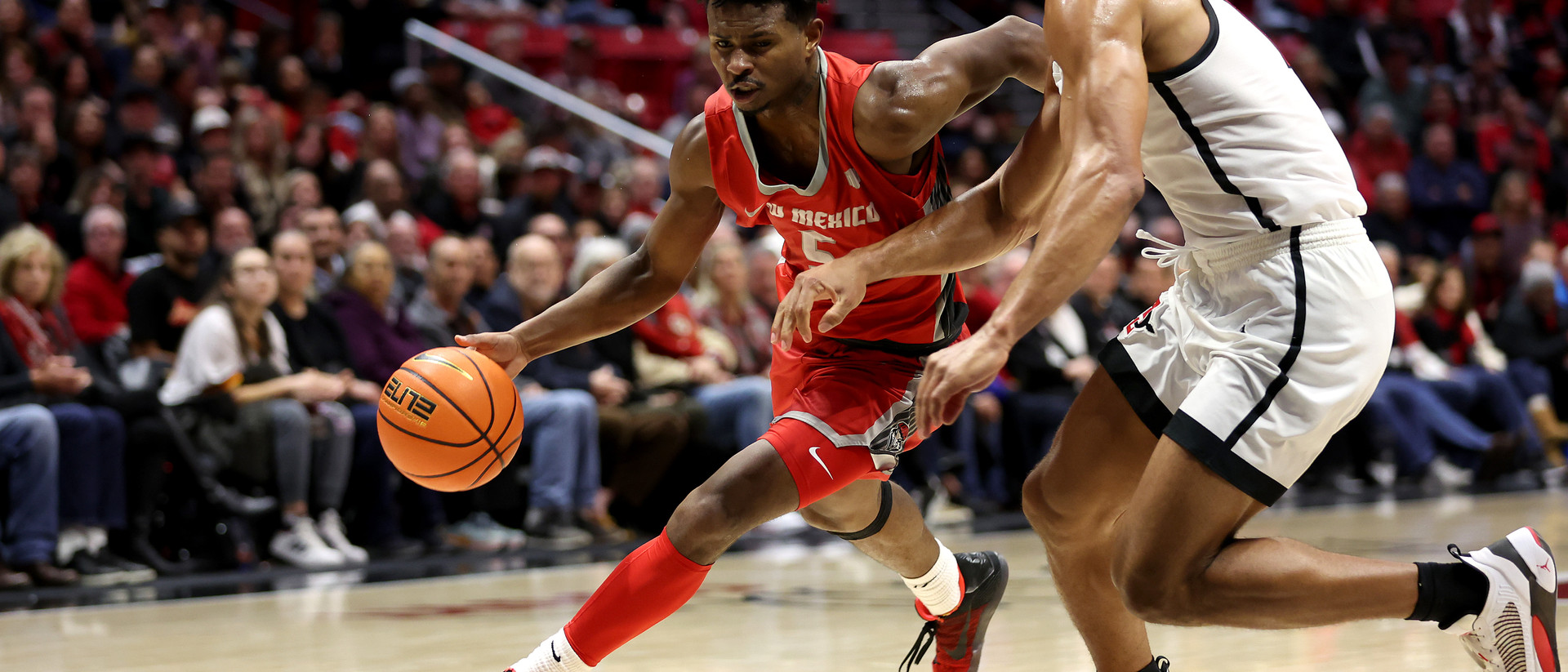The NBA in 2025 is undergoing a stylistic metamorphosis—where rigidity fades and adaptability reigns. From flexible frontline schemes to pacing shifts and future-facing draft thinking, here’s what’s driving strategic innovation in the league.
1. Warriors vs. Rockets: A Philosophical Clash on the Court
In a symbolic playoff matchup, the Houston Rockets embodied a throwback mentality—leaning heavily on inside play, rebounding dominance, and physical perimeter defense with a twin-big frontcourt featuring Steven Adams and Alperen Şengün. Their approach contrasted sharply with the Golden State Warriors’ vision of space and quickness, leaning deeper into small-ball with undersized yet versatile lineups centered around Draymond Green and Jimmy Butler. Analysts suggest this confrontation isn’t just about a series—it could influence team-building philosophies league-wide.
Tactical Insight: As the league stands at a crossroads, this matchup could validate either the brute-force, paint-centric identity or the finesse-driven, positionless future. Teams could lean into whichever style proves more resilient—or hybridize both.
2. Wonder Wings: The Hybrid Prototype for the Modern NBA
Enter Rasheer Fleming, a 6’9″ wing-big hybrid poised to redefine positional expectations. With a 7’5″ wingspan, perimeter shooting, switchable defense, and strong rebounding instincts, Fleming embodies the type of two-way connector piece teams crave. His profile fits the Suns’ long-term vision—one that prizes seamless transitions and multi-positional adaptability.
Tactical Insight: As positional boundaries dissolve, players like Fleming offer strategic flexibility: shrinking rotations without sacrificing spacing, shifting defenses with switchable coverage, and unlocking playmaking options from unconventional spots.
3. Knicks Pivot: Injecting Pace into a Half-Court System
New Knicks head coach Mike Brown is instigating a cultural shift—from Tom Thibodeau’s deliberate, isolation-heavy half-court sets to an uptempo style that demands “0.5-second” decision-making. This poses significant challenges for stars like Jalen Brunson and Karl-Anthony Towns, who’ve thrived in methodical, ball-dominant roles. Brunson, in particular, led the league in seconds-per-touch and dribbles-per-touch last season, showcasing his comfort in slow-developing sets.
Tactical Insight: Accelerating tempo stretches players physically and mentally. Success hinges on adapting habits: quicker reads, faster ball movement, and seamless spacing. If Brunson and KAT can thrive in this swifter rhythm, the Knicks could unlock a new, dynamic identity.
4. Positionless Revolution: Space, Switch, and Strategic Fluidity
This isn’t just semantics—positionless basketball is fundamentally reordering how teams approach offense, defense, and personnel. Coaches increasingly deploy lineups based on skill sets—shooting, handling, defensive versatility—over traditional roles. Neo-positions such as stretch fours, point-forwards, and switch-enabled wings are a tactical mainstay, emphasizing adaptability and matchup exploitation at every turn.
Tactical Insight: With spacing at a premium and defensive burdens increasing, positionless lineups force opponents into rotational puzzles and coverage mismatches—offering offensive advantages through flexibility and unpredictability.
5. Stretch-Four Evolution: From Dirk to Playoff Edge
The stretch-four, a concept once pioneered by Dirk Nowitzki, now plays a decisive role in team offense. Power forwards who can consistently shoot threes pull opposing defenders out, creating driving lanes and shifting interior dynamics. As documented by shot-data analysts, lineups incorporating a stretch-five enjoy a roughly +0.7 offensive rating in regular season and up to +5.9 net rating in recent playoffs
Tactical Insight: Having long-range threats among big men dismantles help defenders and opens the paint—making stretch fours and fives both offensive catalysts and spacing keystones.
Summary Table: Today’s NBA Tactical Trends
| Tactical Trend | Description | Strategic Impact |
|---|---|---|
| Physical vs. Positionless | Rockets test the paint-bully model; Warriors push mobility and spacing | Could reshape future team-building strategies |
| Hybrid Wing-Bigs | Positionally versatile players like Rasheer Fleming provide lineup flexibility | Enhances depth and adaptability without sacrificing spacing |
| Tempo Transformation | Knicks moving toward faster offense under Mike Brown | Requires star players to adjust rhythm and conditioning |
| Positionless Basketball | Skills over labels in roster construction and on-court roles | Promotes mismatch creation and rotational confusion |
| Stretch Big Value | Bigs who shoot threes unlock spacing and offense in crunch moments | Offers measurable playoff efficiency benefits |

